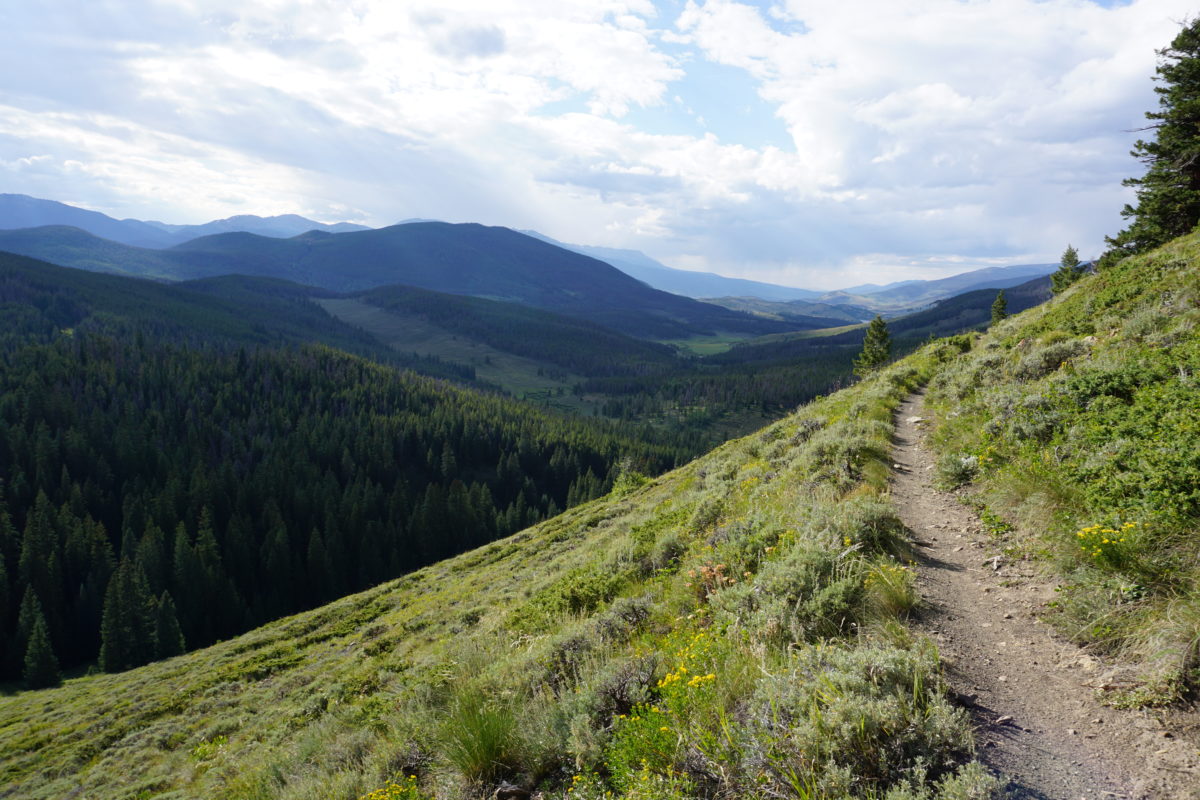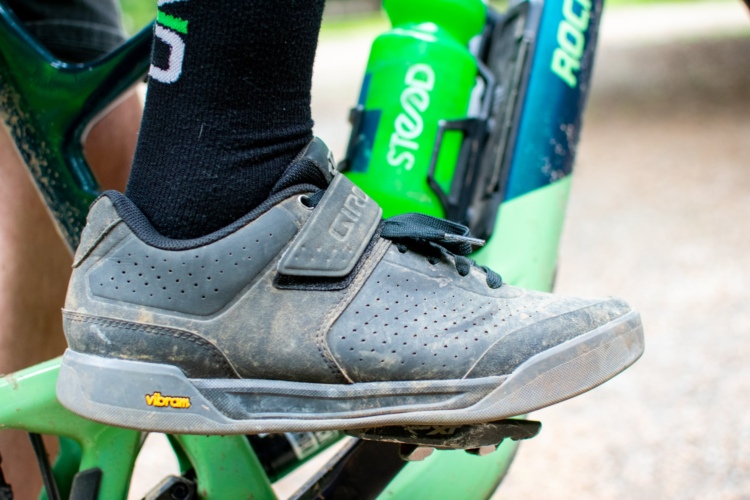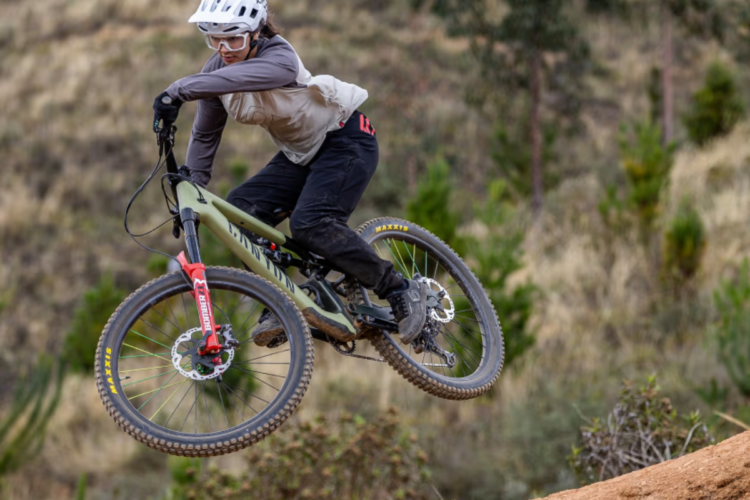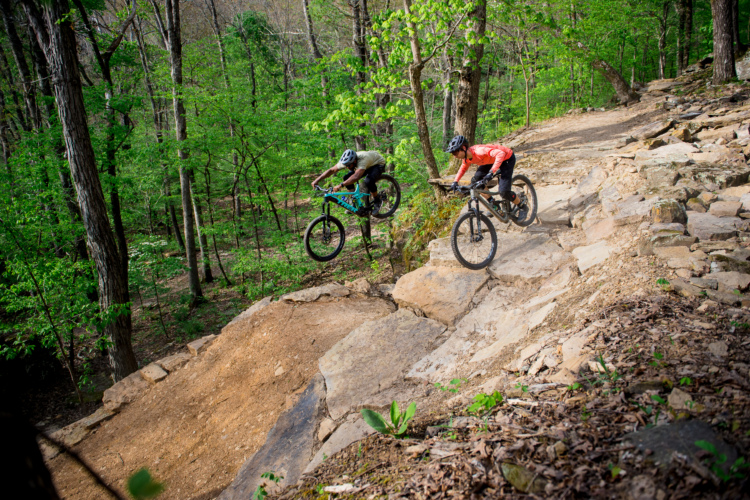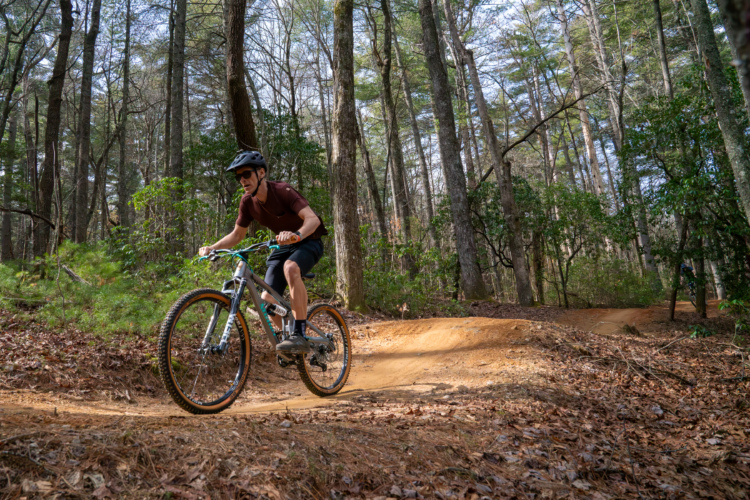
Well, here we are again, another reflection piece by an injured mountain biker. I can assure you though, I will not walk through a lengthy anecdote that ultimately leads to the universal conclusion of, “life is short… mountain bike more.” This is an undeniable truth of our world and one that I know we are all aware of.
I’m sure some of you reading this can recall a recent conversation with a friend, family member, or co-worker regarding the fragility of life. The grim conversation was likely prompted by a natural disaster, the news of a loved one being diagnosed with an illness, or a car accident on the way to work. Whenever we are hit with these topics, there are naturally two paths to choose from. Some opt to retreat while others focus on what is within their control and push forward.
The concept of control is interesting in the world of mountain biking. Each and every time we decide to hit the trails, whether it’s a loop you’ve ridden a thousand times or you’re preparing for an unknown epic, controlling variables is critical, even life-saving. Going through the pre-ride preparation, I will constantly visualize scenarios that could arise and try to develop a strategy for managing the hypothetical situation.
Personally, I love this element of the mountain biking process. Especially if I am planning a long solo ride in new terrain, the element of the unknown will always be exciting. I may spend just as much time preparing for a ride as actually riding.
[see_also id=’227499′]
The moment my tires hit the dirt, though, all of the pre-ride planning fades. This is where we–mountain bikers–are operating in the moment. This is where the unconscious cognitive processes take over and we become one with the trail. We are in a state of constant variable control, anticipating rocks, roots, a slick corner, a washed out berm. All other variables are irrelevant when you are actually in motion on the trail. The ride quickly becomes an equation. Even if you don’t realize it, we are in a constant state of risk management. This is part of the game we play. There is an understanding on every ride that thousands and thousands of risks are present–how we manage risks and operate efficiently is the most interesting equation.
The odd part is, it is a pretty simple equation, though we encounter thousands of variables on a single ride. I often find myself daydreaming and visualizing the next trail section, the next climb, an imaginary wildlife encounter (which is a useless practice on the bike). When I step out of the present moment mentally and spend too much time thinking about the past or the potential future along the trail, my performance will always be sub-optimal.
On the other hand, though, when I am moving with fluidity on the trail, being patient with my progress and enjoying every pedal stroke, my experience morphs into a meditative form of awareness where I am operating completely and totally in the flow state.
This became evident on my last ride of the fall season in Colorado. I was riding the new Tenderfoot trails, my local loop that I am very familiar with. The morning was spectacular as always, and I was fortunate enough to get out before the sunrise and enjoy it from the saddle. When I hit this particular section of fast, flowy singletrack between the pines, I found myself in an equally flowy state of mind.
Unfortunately, I missed one variable and hit a loose patch on an off-camber turn and washed my front tire out. The previous miles of flowing came to an abrupt halt when I hit the dirt at 18mph. I immediately did a body scan and knew the impact was severe, with the possibility of a few broken ribs (based on past experience). The only option I had was to take the 5-mile descent to the trailhead, which is about a mile from my house, with ease. If anyone has ridden this trail they’ll understand what a bummer it was, because the new downhill section the Friends of Dillon Ranger District completed this year is wildly-fun.
In the days following, I had quite a bit of time to reflect on this particular ride and what went wrong. Fortunately, the diagnosis was blunt force trauma to the abdomen and damaged ligaments in the ribcage: no broken bones or damage to my spleen or lungs. The experience became much heavier when the doctor notified me that they incidentally identified a pulmonary nodule in my lung. While there isn’t much concern now due to my age and general health, it certainly opened my eyes to how quickly things can take a turn and re-emphasized the importance of only focusing on what is within my control. My future holds additional CAT scans, but I’ve come to realize there is no sense in retreating as this is my path, and I have no choice but to move forward on it.
As it turns out, I guess am going to conclude by saying, “life is short… mountain bike more.” Here is to you all being patient in your progress on the trail and staying in the moment out there because in the blink of an eye, it could all disappear.
[see_also id=’229585′]














